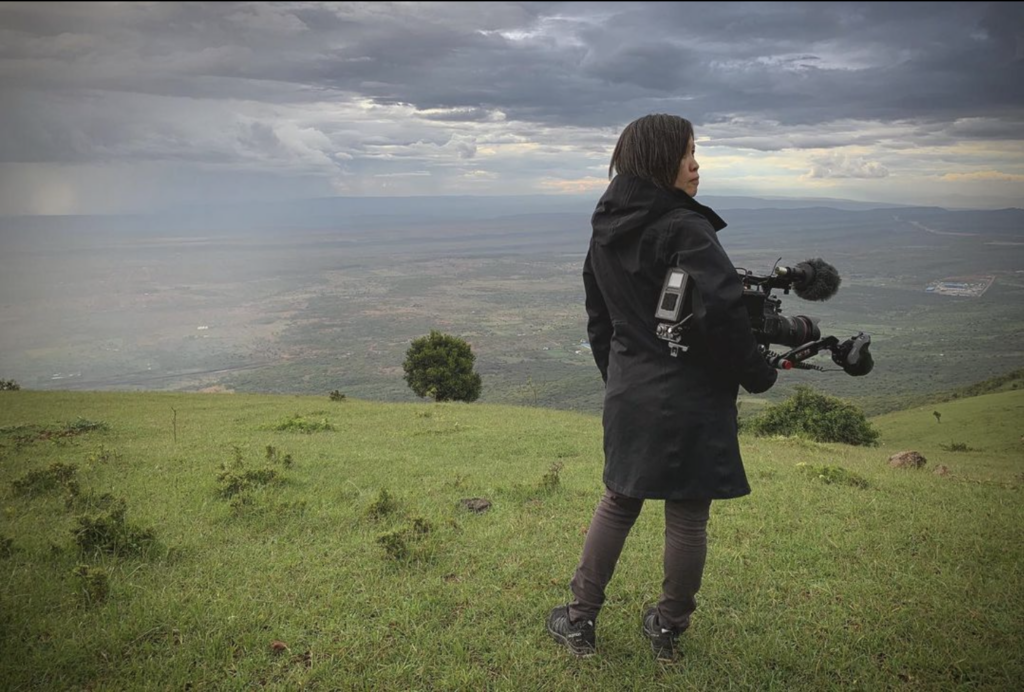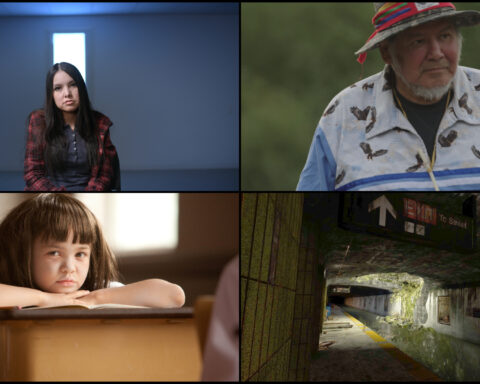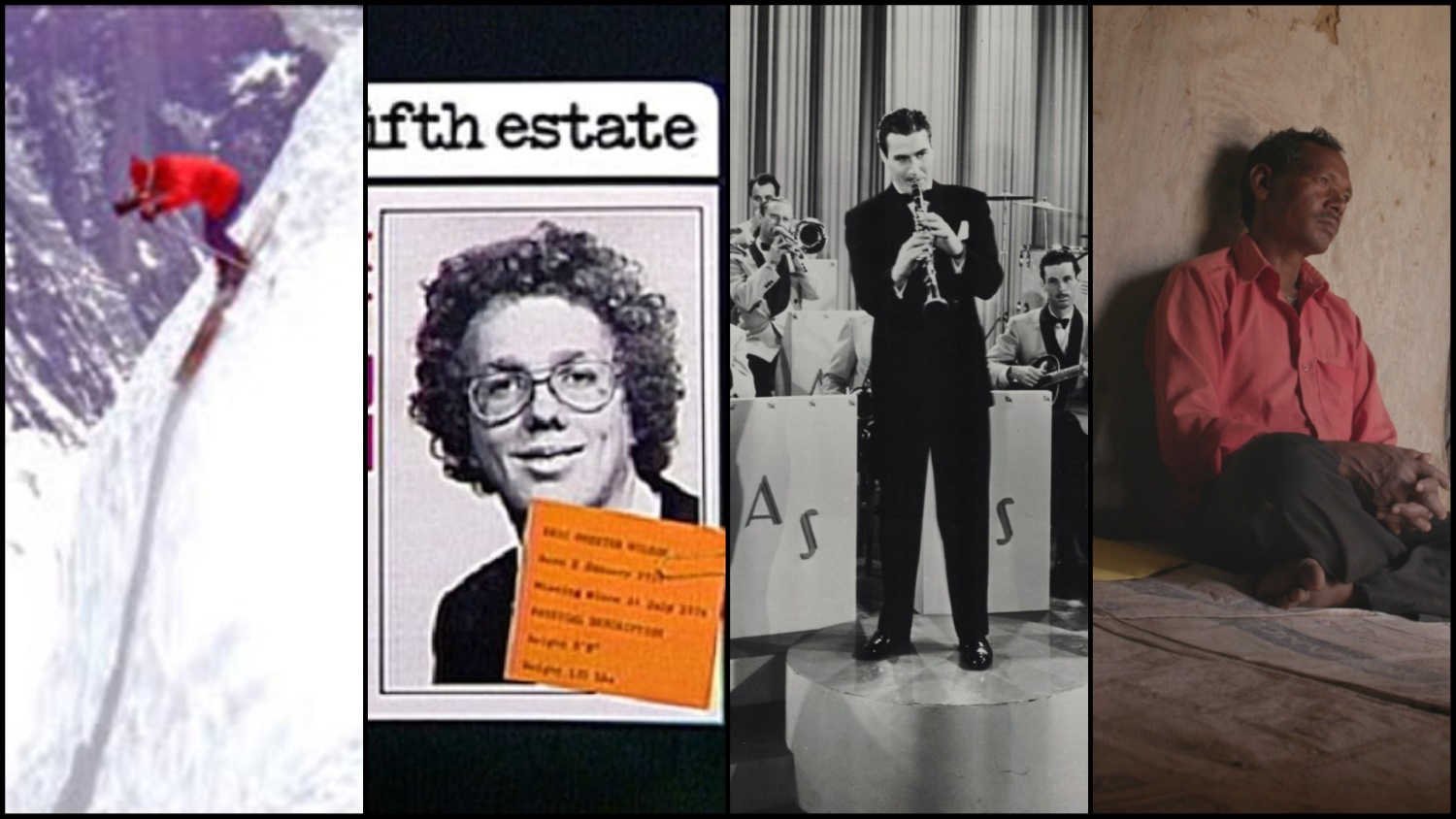“I’ve always been moved by motion pictures,” says award-winning cinematographer Iris Ng. She recalls with pleasure formative moments watching old Hollywood movies with her mom and grandmother as a child. “Enjoying that medium has been with me for a long time, and how a cinematographer can shape an experience through the lens and the placement of the camera was really interesting to me.”
In her youth, Ng discovered a deep interest in photography from looking at photos of her early childhood and those of her parents and grandparents living in Hong Kong. She describes these pictures as “a portal to what my family looked like before I was born,” and, on some level, illustrative of the circumstances that would eventually shape her life experience.
Although naturally gifted in photography, Ng was drawn to filmmaking instead for, as she puts it, its “expansion of the photographic medium into a temporal experience.”
Chinese American cinematographer James Wong Howe (Body and Soul, 1947; Sweet Smell of Success, 1957; Bell Book and Candle, 1958), a pioneer of filming innovation and technique in the form, was an early inspiration to Ng. Among all the elements of filmmaking, Ng kept coming back to how cinematography elevated how she experienced a movie. Between Howe’s “striking black-and-white photography” and being “swept away” by Wong Kar-wai’s beautiful In the Mood for Love (2000), Ng wanted to see if she could evoke such a feeling through the medium.
Her first opportunity towards this goal came about through documentary filmmaker Min Sook Lee and producer Lisa Valencia-Svensson. The two were looking for a cinematographer to work with in creating a demo piece, and while the project never moved past the development stage, that moment crystallized something artistically in Ng.

“That just opened up the horizon,” she recalls. “I had a sudden interest in [documentaries] as an art, and it suited me. I could still approach documentary cinematography in the way that I approached narrative cinematography. I think [cinematography] has more of an effect on the final product in a documentary—those little decisions that you make in the moment—and that’s still really fun for me.”
Ng has gone on to work with some of the finest documentarians in the country, including Sarah Polley (Stories We Tell, 2012), Rama Rau (League of Exotique Dancers, 2016), and finally reuniting with Lee and Valencia-Svensson on the Canadian Hillman Prize-winning Migrant Dreams (2016) with recent credits including My So-Called Selfish Life (2021), Category: Woman (2022), and the Danish co-production Twice Colonized (2023). Each of the films Ng works on tells a different story from the next, but the intimacy she creates binds them with a unique thread, welcoming audiences into a world different to their own and gently encouraging us to let go of any preconceived notions we may harbour.
“I’m realizing how important it is to shape an experience for others and how depictions of communities in media can be tremendously helpful, but also can be tremendously harmful,” says Ng. “The emphasis is on how we [shape an experience] that is helpful and useful.”
When Raymond Moriyama designed the Ontario Science Centre in the late ’60s, he incorporated Confucian teaching philosophy into the layout, explaining that Confucius said, “When you hear, you forget; when you see, you remember some; but when you touch and do, it becomes part of you.”
In a similar way, though film may lack this tactile quality, Ng’s camera, driven by a desire to shape our experience, forges a textured visual language that enriches and enlivens stories such that we as viewers become a part of the film’s journey.














